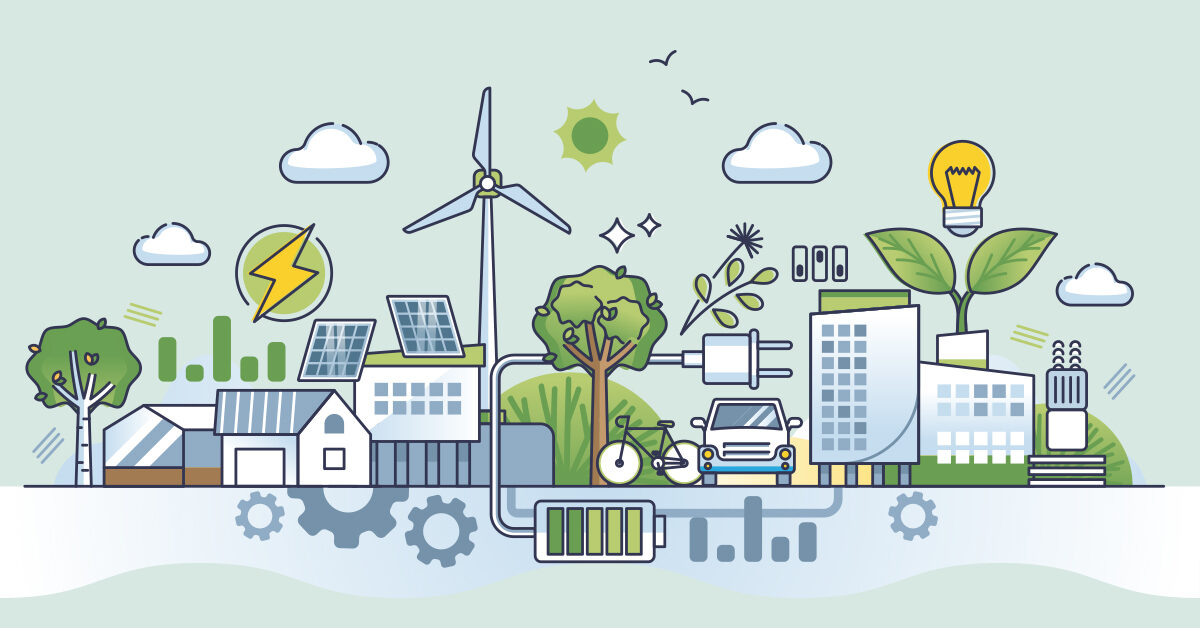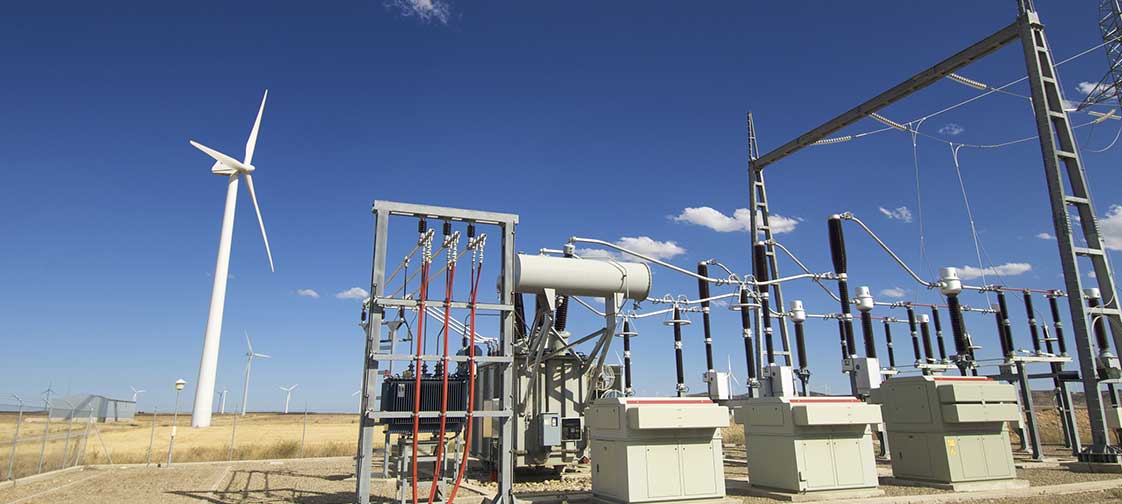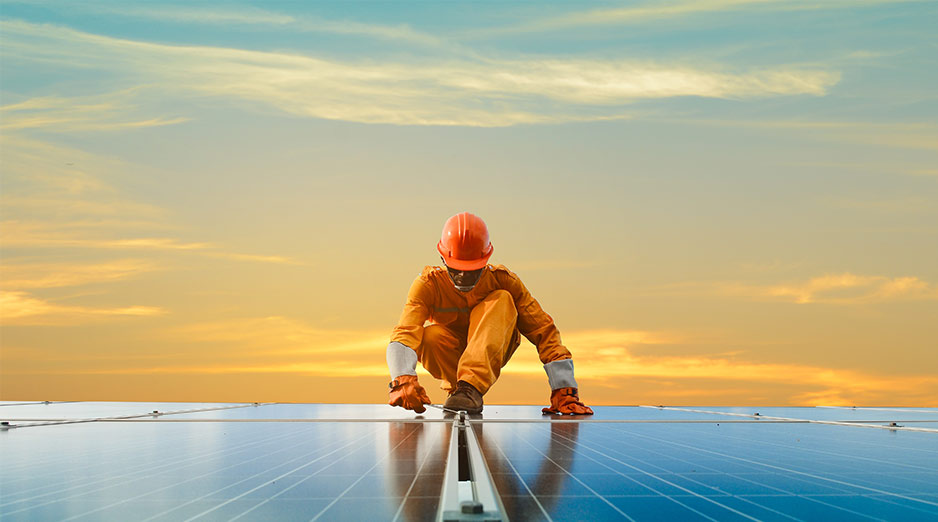The U.S. clean energy manufacturing sector—especially in wind and solar—is experiencing unprecedented growth. Fueled by federal investments like the Inflation Reduction Act (IRA) and a global push for decarbonization, the industry is expanding rapidly. However, this surge has intensified competition among companies vying for market share, contracts, and talent. In this high-stakes environment, one factor increasingly distinguishes the leaders from the laggards: a highly skilled, adaptable workforce.
The Clean Energy Talent Crunch
The rapid expansion of renewable energy projects has outpaced the availability of skilled labor. According to a report by Wood Mackenzie and the Solar Energy Industries Association, the U.S. solar and storage industries are experiencing significant labor shortages, particularly in project management, engineering, technical, and electrical roles. These shortages have led to rising project costs and delays, with solar labor costs increasing by 43% from 2021 to 2023.
Similarly, the wind industry faces challenges in meeting its workforce needs. The U.S. Department of Energy (DOE) emphasizes the necessity of trained and qualified workers to manufacture, construct, operate, and maintain wind turbines. The DOE addresses these workforce needs through various targeted funding and educational initiatives.
Why Upskilling Is a Competitive Advantage
In a market where technical precision, safety, and efficiency are paramount, companies that invest in workforce development gain a significant edge. Skilled technicians can reduce downtime, improve safety records, and enhance operational efficiency, directly impacting the bottom line. Moreover, a well-trained workforce is more adaptable to technological advancements and can better meet the evolving demands of the industry.
The Clean Power Institute’s Certified Clean Energy Professional Program exemplifies efforts to standardize training and certify technicians’ competencies across the industry. This program outlines a standardized approach to certify technicians’ abilities to effectively install, maintain, and troubleshoot clean energy technologies, ensuring a consistent skill level across the workforce.
STL USA: A Model for Specialized Training
Safety Technology USA (STL USA) offers specialized training programs tailored to the needs of the wind energy sector. Their courses go beyond standard Global Wind Organisation (GWO) accreditation requirements, focusing on enhancing skills and competency for wind technicians. Programs like the WindStart initiative provide comprehensive training, including GWO accreditations, NFPA 70E electrical safety training, and technical courses across various platforms such as GE, Siemens, and Vestas.
STL USA’s state-of-the-art facilities in Abilene, Texas, enable them to deliver high-quality training using equipment technicians encounter in the field. Their bespoke training packages allow employers to select from a range of skills and combine wind-specific and foundational modules to build a program tailored to their specific needs.
Federal Support for Workforce Development
Recognizing the critical need for a skilled workforce, the U.S. Department of Energy launched the American-Made Upskill Prize for the Solar Manufacturing Workforce. This $5 million competition aims to strengthen the solar manufacturing workforce by encouraging partnerships between manufacturers and training organizations. The prize supports plans to upskill current employees or attract and train new workers, focusing on high-quality employment prospects and skillsets that can be utilized for career growth.
Conclusion: Investing in People to Power the Future
As the clean energy sector continues to grow, the competition among companies intensifies. In this landscape, investing in workforce development is not just beneficial—it’s essential. Companies that prioritize upskilling their employees position themselves to lead in efficiency, safety, and innovation. By leveraging specialized training programs and federal initiatives, businesses can build a resilient, skilled workforce ready to meet the challenges of the clean energy future.
In the race to dominate the clean energy market, the companies that invest in their people will be the ones to power ahead.
Learn more about gaining the competitive edge
Email us to find out more about tailored upskilling programs.



